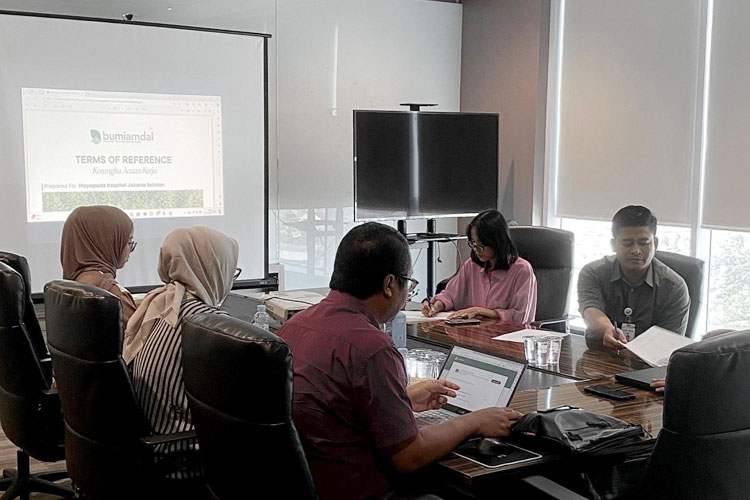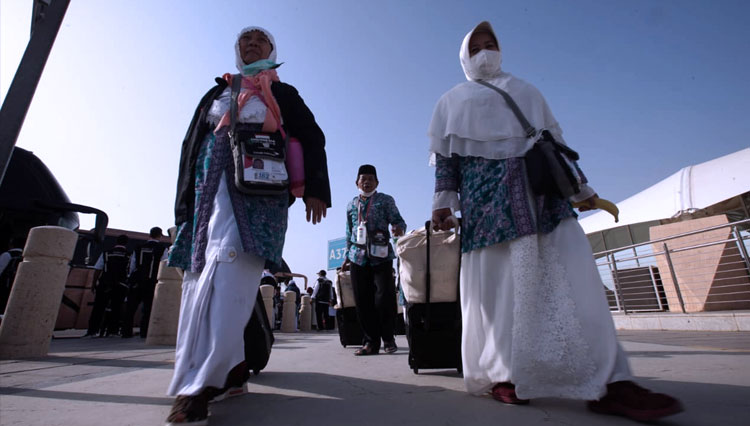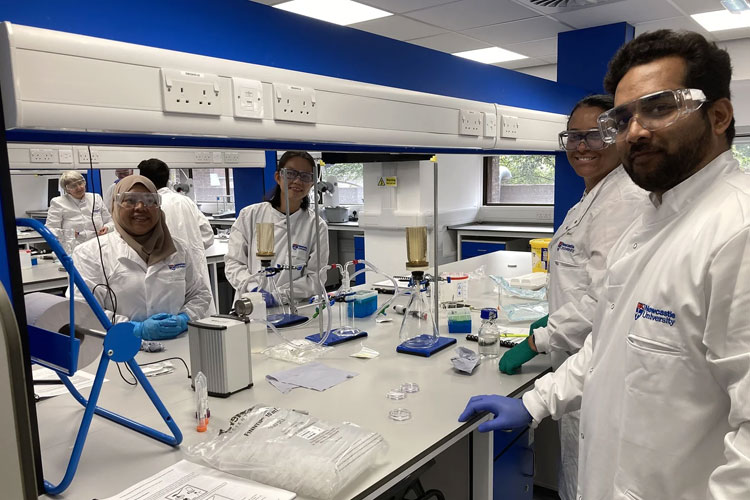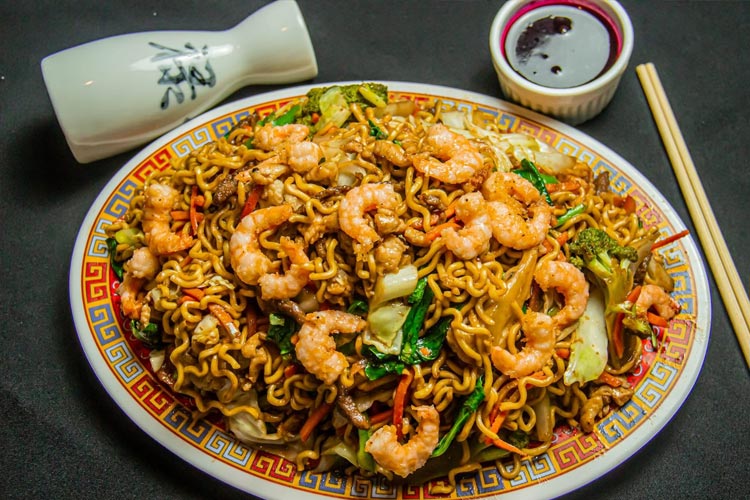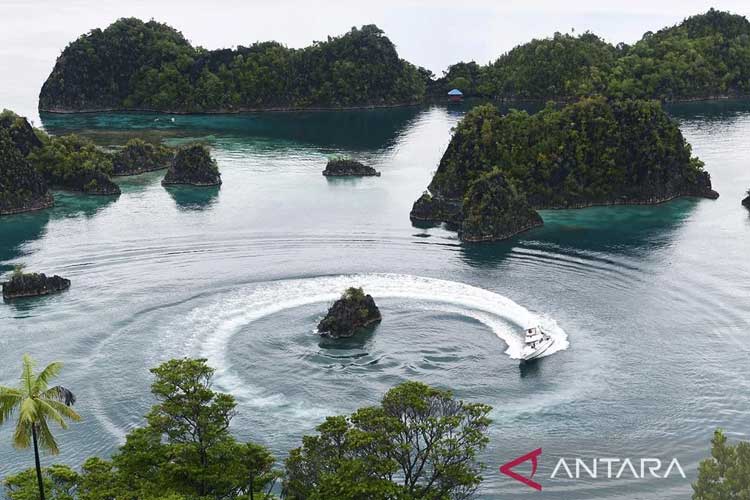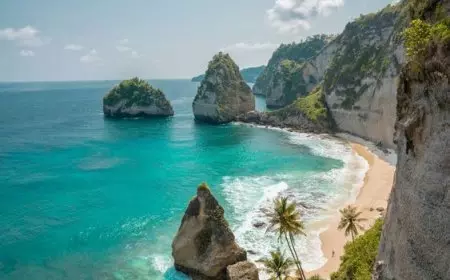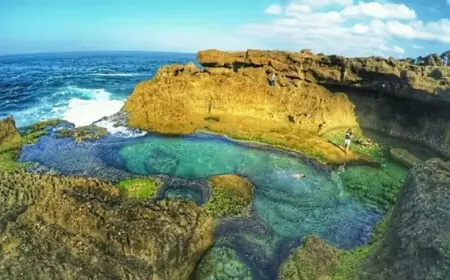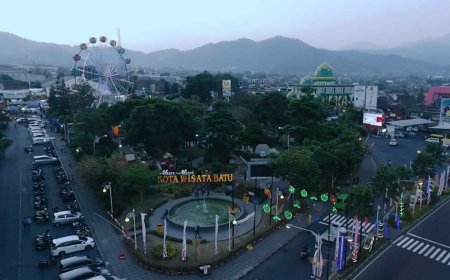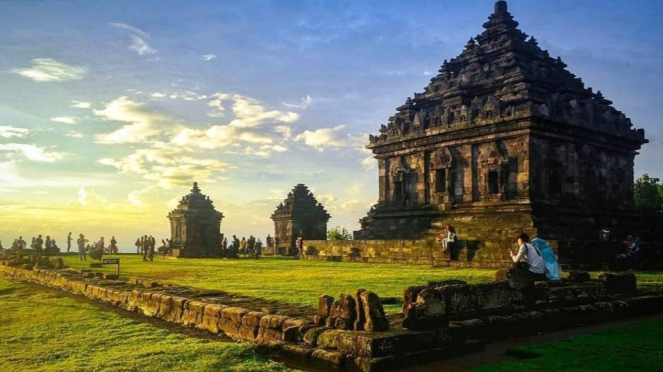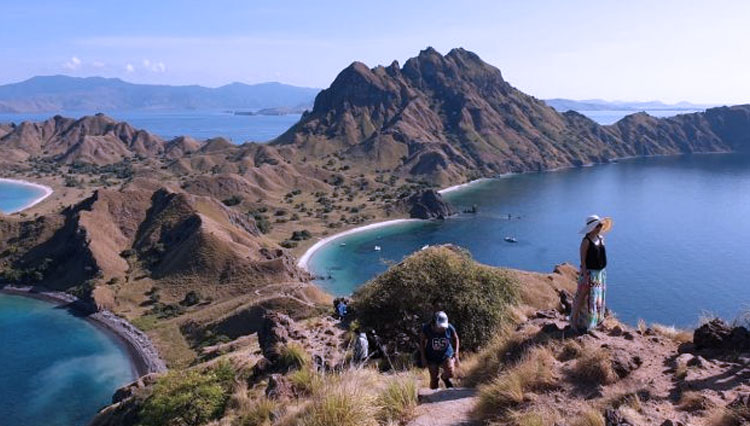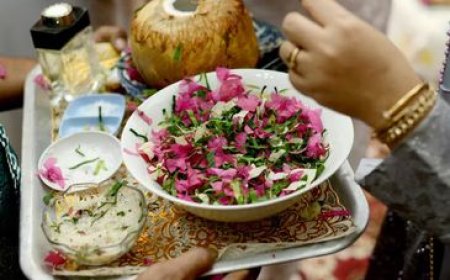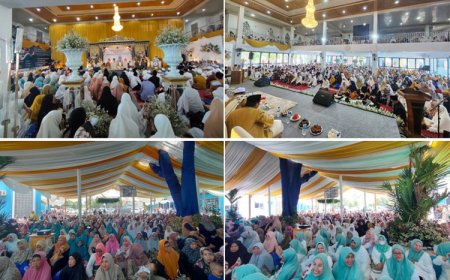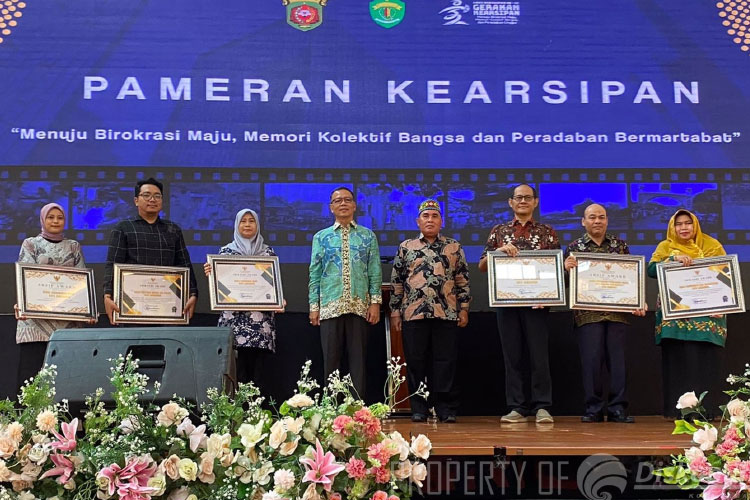Tanah Nusantara - From the earth to our lives, The History of Pottery in Indonesia
Archaeologists in their excavations in the archipelago of Indonesia often find fragments of pottery to this very day.

TIMESINDONESIA, MALANG – >■ Pre-historic stage
Archaeologists in their excavations in the archipelago of Indonesia often find fragments of pottery to this very day. Prehistoric pottery had been discovered in areas such as Banyuwangi, Bogor, Serpong, Kalumpang and Minanga Sepakka, Lake Bandung, and Poso in Sulawesi, among others. It is believed that the art of making pottery came to Indonesia from China, southern Vietnam, or Champa. Most of these findings were functional items such as homeware pottery, pottery for religious ceremonies, up to burial apparatus.
■ Hindu-Buddha Kingdom periods
Various pottery such as bricks and clay tiles, objects such as piggy banks, decorative reliefs, and sculptures were found during the eras of the Sriwijaya kingdom (7th-12th century) were found in the region of Palembang, Muara Jambi, and thereafter during the era of the Majapahit, Rembang & Lasem kingdoms (12th-16th century) around Trowulan/Mojokerto in East Java.
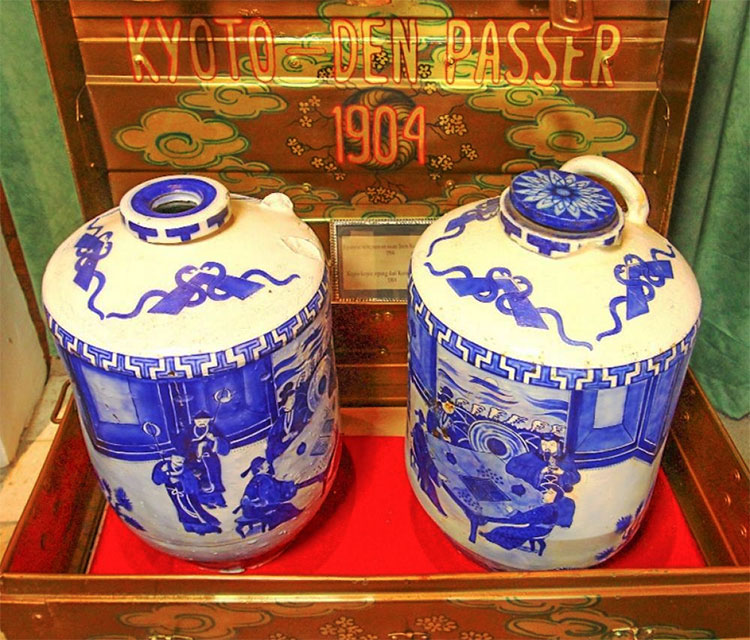 Japanese Style Pottery from 1904 at Hotel Tugu Bali
Japanese Style Pottery from 1904 at Hotel Tugu Bali
■ The End of Dutch Colonialism & the Peranakan Pottery
The Dutch colonial-influenced technology of making ceramics can be said to start developing with the establishment of the Ceramic Laboratory or “Het Keramische Laboratory” in 1922 in Bandung. They also developed glaze technology for fine pottery items called ‘aardewerk’, imported from the Netherlands. In Singkawang, West Kalimantan (Borneo), Chinese-Peranakan pottery bloomed circa 1933, mostly for water urns, large bowls, candle holders, piggy banks, and more. The technique and oven technology brought by the Chinese Peranakan at that time produced a higher quality of pottery, mostly equivalent to those made in ancient China.
■ Japanese imperialism & Indonesia’s early days of Independence
With the entry of Japanese troops in the 1940s, the ceramics factory in Bandung has been renamed “Toki Shinkenjo”. The goods were made for the needs of Japanese troops in Indonesia. Toki Shinkenjo changed its name to Ceramic Investigation Center (BPK) after the proclamation of Indonesia’s independence. With the discovery of abundant raw materials such as kaolin, the 1960s has seen the emergence of ceramic factories, that includes cutlery and decorative items.
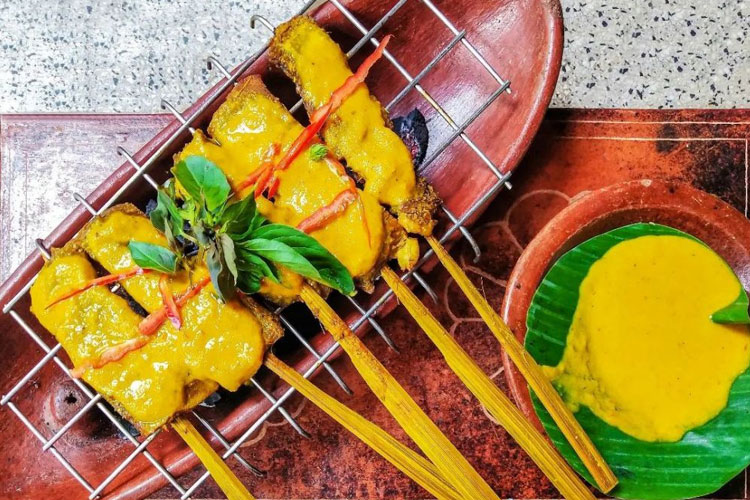 Sate dishes at Lara Djonggrang restaurant on top of a pottery serving dish.
Sate dishes at Lara Djonggrang restaurant on top of a pottery serving dish.
■ Pottery today
Many of the economies of villages through our archipelago are centered around pottery to this very day. In West Lombok about one hour drive from Hotel Tugu Lombok, we work with the Lombok potters in producing the beautiful pottery used in our tableware at Hotel Tugu. In Bali, we work with the potters in Tabanan, Central Bali, 30 minutes away from Hotel Tugu in Canggu, to produce the beautiful vases for the tropical garden and palm leaf arrangements we do daily at Hotel Tugu Bali. In our properties in Malang and Jakarta, we work with potters from Mojokerto & Magelang in East & Central Java to make the traditional large platters we present our Pasar Sate Kepulauan (the Satay Platters of the Archipelago) in Lara Djonggrang & Melati restaurants, among many others.
For further information, do not hesitate to reach us by Instagram DM @tuguhotels or go through our official website at www.tuguhotels.com.
Apa Reaksi Anda?










